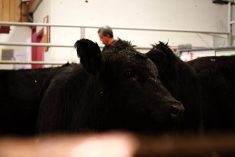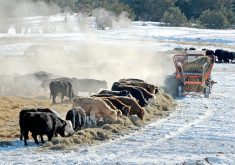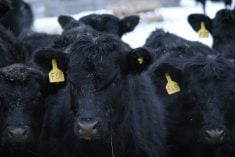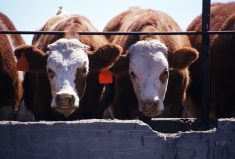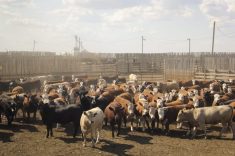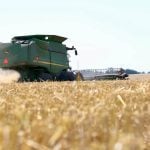Alberta packers were buying fed cattle in the range of $128-$130 this past week — the lowest levels since December 2013 and down nearly $18 from a month ago. Weekly beef production continues to defy expectations, bludgeoning feeding margins across the Prairies.
Western Canadian feeder cattle markets were quick to respond, trading $8-$10 below week-ago levels and in some cases down as much as $15. The major yearling run is coming on stream and buyers had larger numbers and better quality cattle to choose from. The market was quite variable on similar-weight cattle with discerning eyes valuing each feature.
Read Also
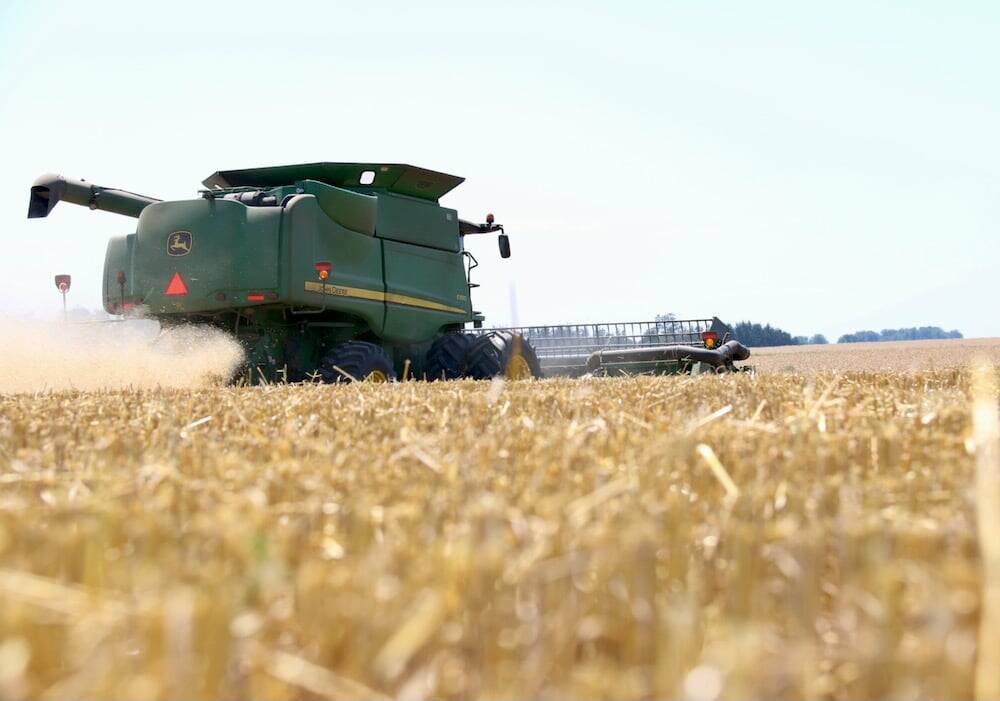
GIWA trims Western Australian crop forecasts, still predicts record harvest
The Grain Industry Association of Western Australia (GIWA) slightly lowered its estimates for the state’s 2025/26 production of wheat, barley and canola on Friday but said the harvest of winter crops was still on track to be the biggest ever.
While many feedlots kept their hands in their pockets, buyers were picking away with scale-down orders. Prices that were unimaginable only a few weeks ago broke into reality. Sellers watching cattle run through the ring were breathless in disbelief, only to clear their vision once the gavel finally fell.
A small group of black steers averaging just under 950 lbs. traded for $160 near Feedlot Alley in southern Alberta. Medium-flesh larger-frame heifers averaging 950 lbs. were actively moving from $142 to $147 in central Alberta. Mixed medium-frame steers weighing 800-825 lbs. were quoted from $164 to $169 in the same region; however, lower-flesh larger-frame steers were quoted from $172 to $174 in southern Alberta. Margins have struggled for an extensive period, and feedlots are overaggressive if cattle won’t perform. Heifers averaging 700 lbs. were quoted from $160 to $165, with lower quality dipping down to $155.
Feed barley was trading in the range of $153 to $155 per tonne delivered in the Lethbridge area. I’m expecting burdensome supplies of feed wheat this year, which will continue to weigh on the feed grain complex. The cost per pound gain will be sharply lower but until the fed market turns around, feeder cattle will struggle to find any breathing room.
September is generally a period of havoc in financial markets, which causes consumers to rein in spending and slow beef consumption.
— Jerry Klassen is manager of the Canadian office for Swiss-based grain trader GAP SA Grains and Produits. He is also president and founder of Resilient Capital, which specializes in proprietary commodity futures trading and commodity market analysis. Jerry owns farmland in Manitoba and Saskatchewan but grew up on a mixed farm/feedlot operation in southern Alberta, which keeps him close to the grassroots level of grain and cattle production. Jerry is a graduate of the University of Alberta. He can be reached at 204-504-8339.




